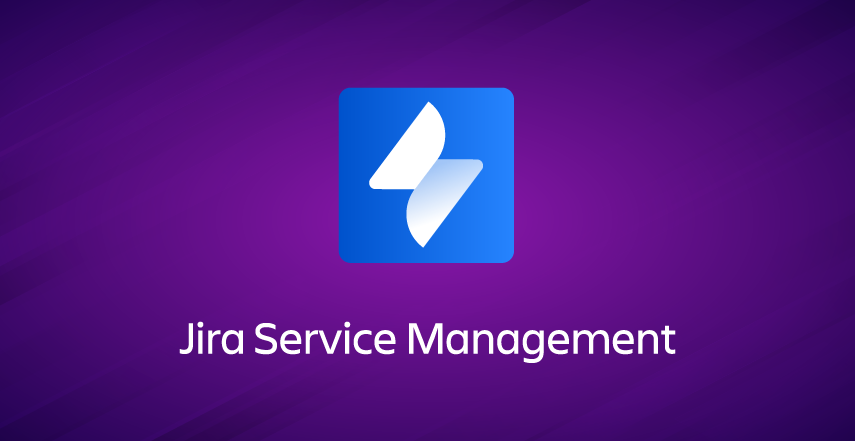Community resources
Community resources
Community resources
- Community
- Q&A
- Jira Service Management
- Articles
- Unleash IT Data Power with Jira Service Management Assets
Unleash IT Data Power with Jira Service Management Assets

Are disparate IT data sources causing headaches for your service team? Is outdated asset information slowing down incident resolution and complicating change management? In today's fast-paced digital landscape, data isn't just information; it's a critical asset, much like your people, property, or finances. Effectively managing this data—ensuring it's accurate, current, and accessible—is paramount for any organisation. This is where Data Asset Management comes into play, and with recent enhancements to Jira Service Management's Assets feature, Atlassian is empowering teams to master their IT data like never before.
What is Data Asset Management (DAM)?
Understanding Data Asset Management (DAM) is key to unlocking more efficient IT operations and better decision-making. At its heart, DAM is the strategic process of valuing, governing, and utilising an organisation's data as a precious resource. It goes beyond simple data storage, encompassing the entire lifecycle: from acquisition and classification to cleansing, integration, security, and ultimately, leveraging that data for business insights and operational excellence. When data is managed as an asset, it becomes a reliable foundation for better decision-making, streamlined operations, and proactive problem-solving.
Your Single Source of Truth for IT Assets: Introducing Assets Data Manager
For Jira Service Management Cloud Premium and Enterprise users, the new Assets Data Manager (currently in Open Beta) is a significant leap forward in IT Data Asset Management. This feature is specifically designed to tackle common challenges with IT data: ensuring it's complete, current, and correct.
Think of your IT landscape: servers, applications, network devices, software licenses, even employee laptops. All these are valuable data assets. Historically, accurately tracking them could be a monumental task, often leading to stale, incomplete, or conflicting information across different systems. This lack of a single, reliable source of truth can hinder incident resolution, complicate change management, and make compliance a headache.
Connect, Cleanse, Reconcile: The Core Pillars of Assets Data Manager
The power of Assets Data Manager lies in its ability to facilitate a robust three-step process for managing your IT configuration data:
Connect Data
Assets Data Manager enables you to bring in data from a multitude of external sources. Whether from discovery tools, existing databases, or other IT systems, the ability to connect and import this information is the first crucial step in consolidating your IT asset data.
Cleansing Data
Once connected, the next challenge is ensuring data quality. Data cleansing involves identifying and rectifying inaccuracies, inconsistencies, and redundancies. This might mean standardising naming conventions, correcting typographical errors, or enriching incomplete records. The Data Manager provides tools to transform and refine your incoming data, ensuring it's fit for purpose.
Reconcile Data
This is where the magic truly happens. Data reconciliation is the process of comparing and merging data from different sources to create a unified, accurate record. If you have the same server listed in two different places with slightly different details, reconciliation helps you resolve these conflicts, deduplicate entries, and establish a single, authoritative source of truth within your Assets Configuration Management Database (CMDB).
How Assets Data Manager Solves Real-World Problems
Organisations are already leveraging Assets Data Manager to address key pain points, translating directly into tangible benefits:
- Improved Incident Management: With accurate and up-to-date asset information, service teams can quickly identify affected CIs (Configuration Items), understand their dependencies, and resolve incidents faster.
- Streamlined Change Management: Comprehensive data on assets and their relationships allows for better impact analysis before changes are implemented, reducing risks and unplanned outages.
- Enhanced Compliance & Auditing: A reliable CMDB built with clean and reconciled data makes it significantly easier to demonstrate compliance and provide accurate information for audits.
- Optimised Resource Utilisation: Knowing exactly what assets you have and how they're being used helps in optimising software licenses, hardware procurement, and resource allocation.
- Reduced Manual Effort: Automating the connection, cleansing, and reconciliation of data frees up valuable IT team time that would otherwise be spent on tedious manual data entry and correction.
Building Your Foundation of Trustworthy IT Data
The architecture of Assets Data Manager supports these stages, providing the framework for robust data management practices. It's about establishing clear terminology and a systematic approach to ensure your IT data is a reliable asset, not a liability.
By embracing the capabilities of Assets Data Manager, teams can transition from reactive data firefighting to proactive data governance, ultimately leading to more efficient service delivery, smarter decision-making, and a more resilient IT environment.
Ready to transform your IT data management? If you're a Jira Service Management Cloud Premium or Enterprise customer, start exploring the Assets Data Manager today. Visit the Atlassian Support site for detailed information and implementation guides:
Was this helpful?
Thanks!
Muhammed Al Hashedi

4 comments